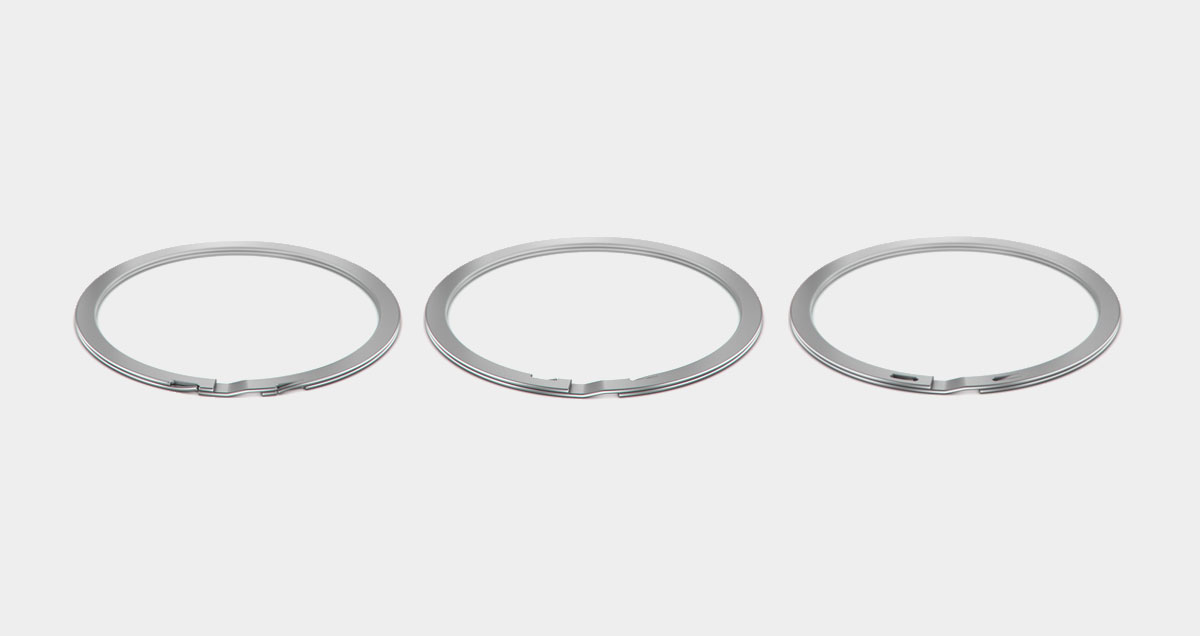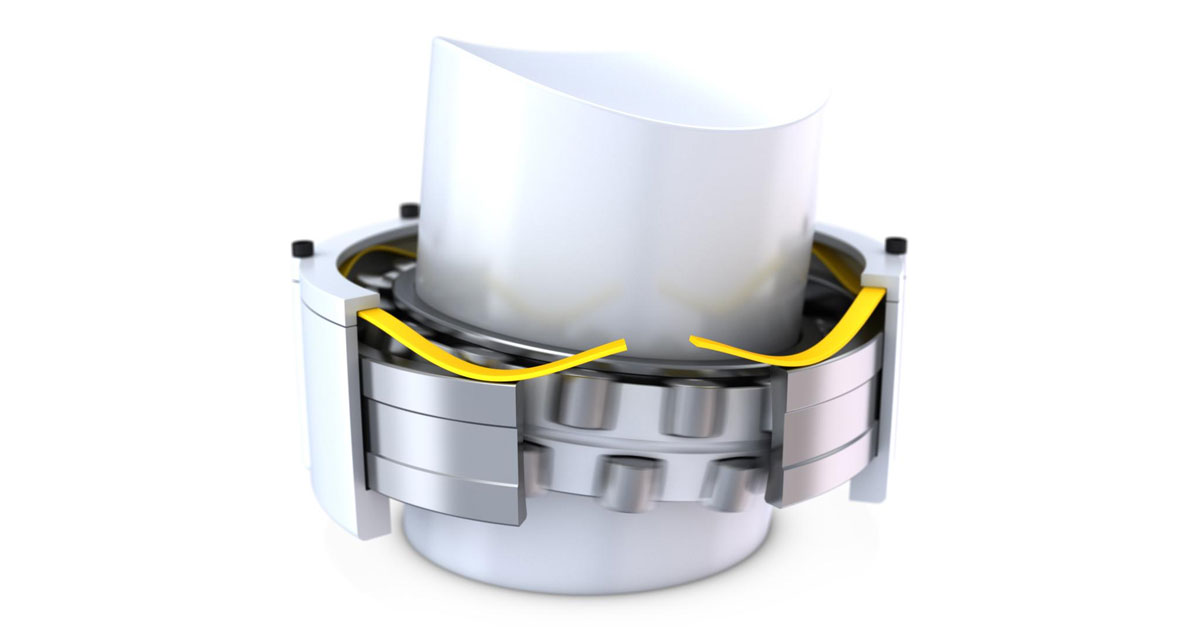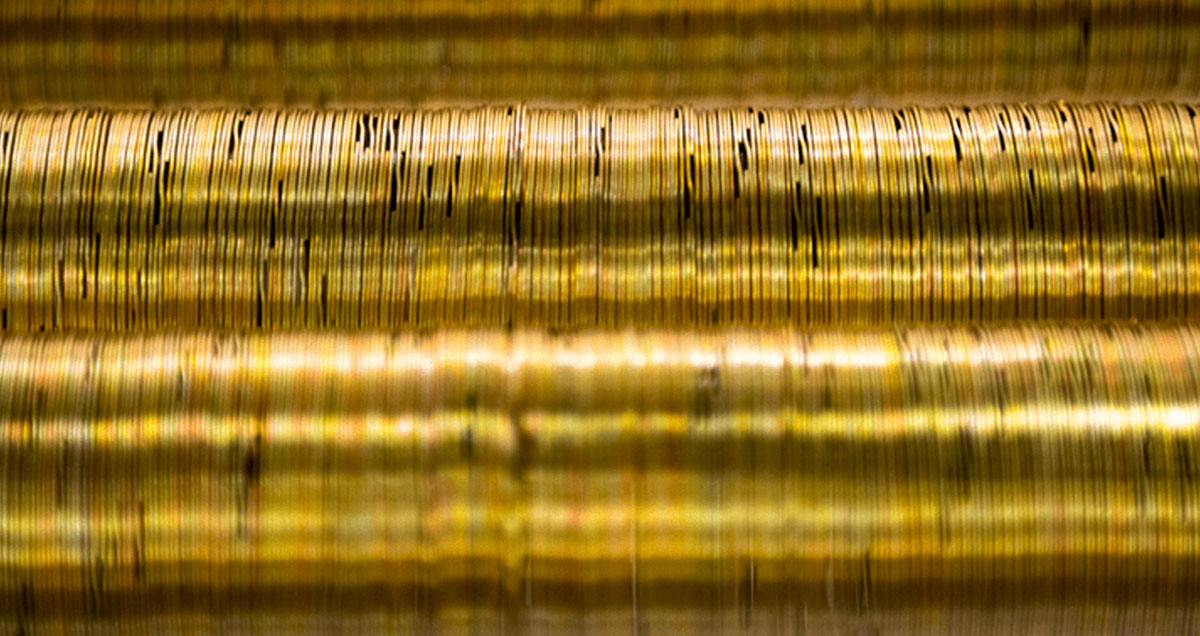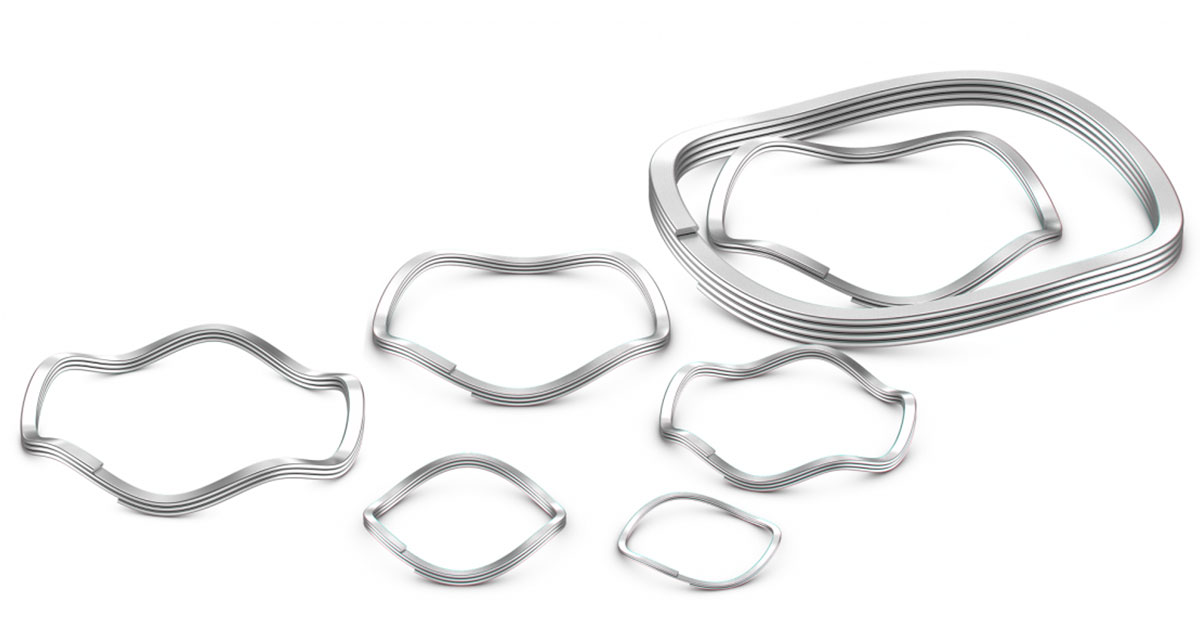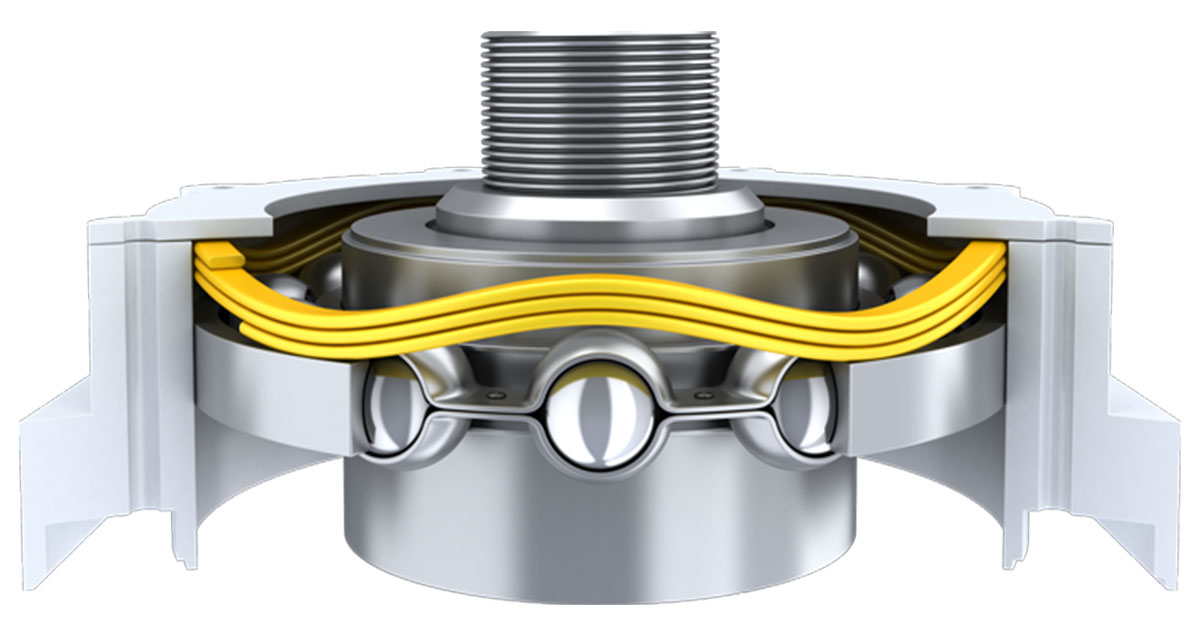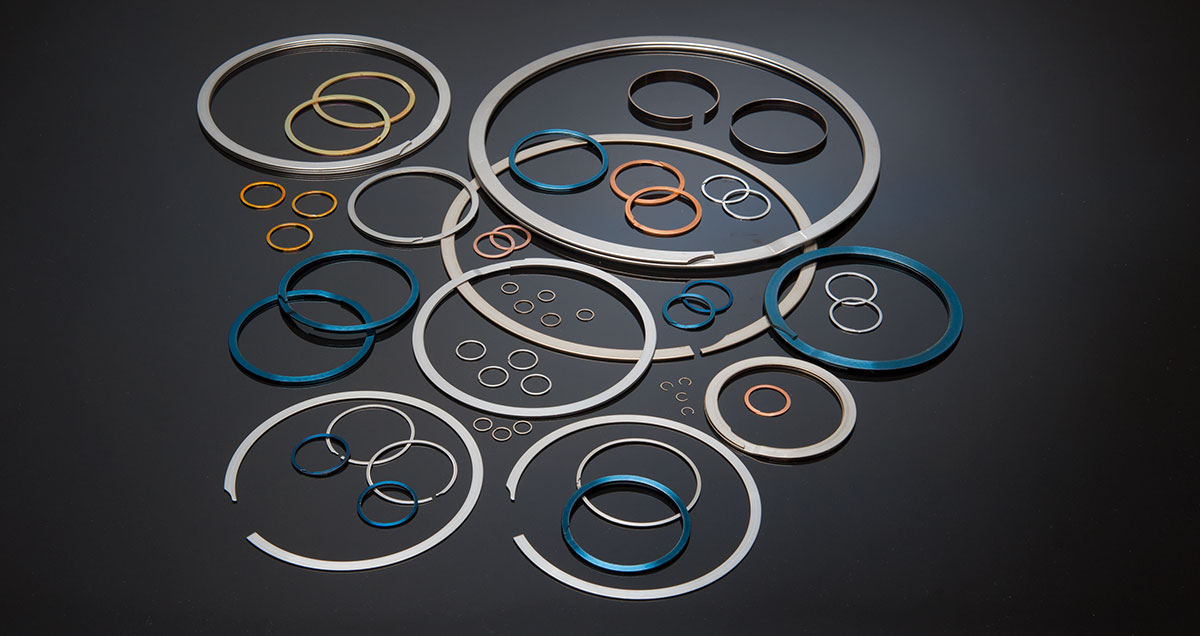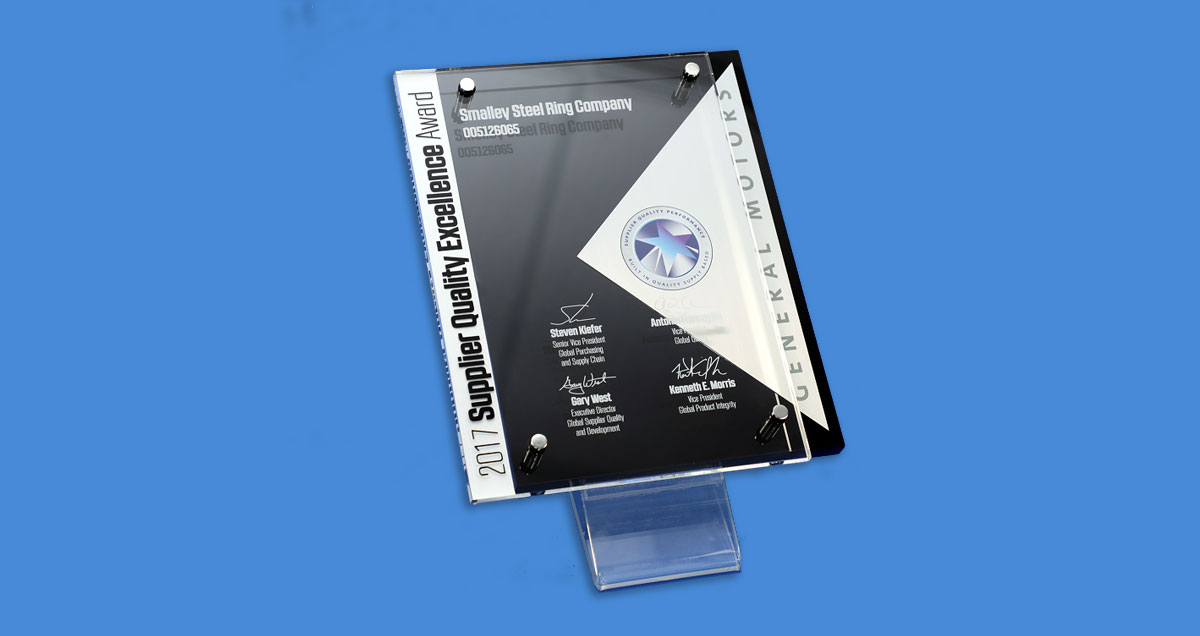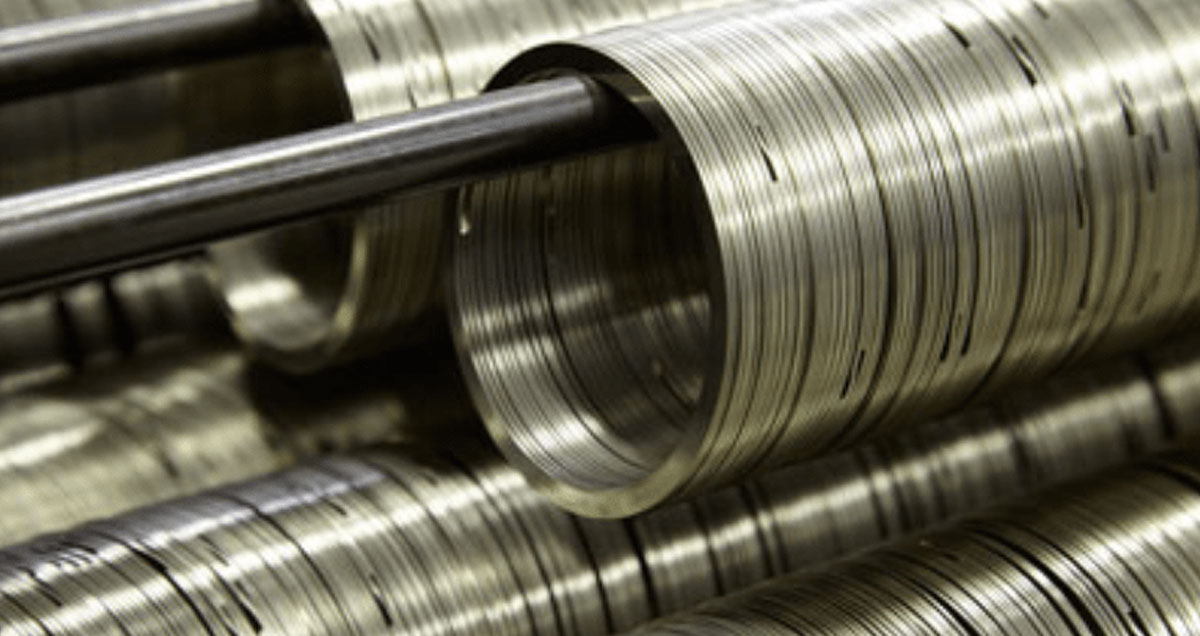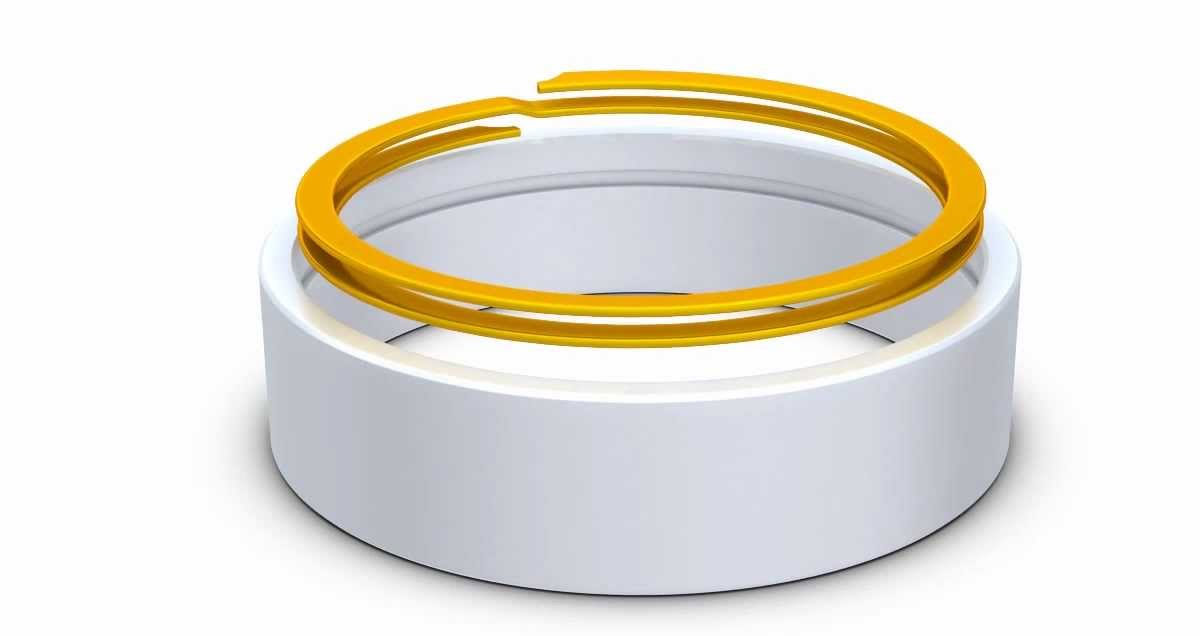
Welcome back to the Ask the Expert Blog, where our engineers answer commonly asked ring and spring design questions. This week, Debbie Annets from our Technical Sales Team fields questions about part identification and the re-usability of spirolox rings.
For more than 40 years, TFC has been growing to become a recognised industry leader in the supply of retaining rings, constant section rings and wave springs. Whether you require a standard part or a custom solution, our dedicated team of engineers can provide advice, and when required design a bespoke part to meet your specific application requirements.
I have a smalley part number listed but I can’t find it in the catalogue or on your website, where can I find information about the part?
You may be looking for information on a custom design which is not published for general circulation. It is also possible that you may have an invalid TFC part number, an alternative supplier reference or an old number from a manufacturer who is no longer trading. For all these cases, the best solution is to contact a TFC Engineer. Debbie Annets has worked with these products for over 10 years and is frequently faced with these questions. we have an extensive database of part numbers and drawings that enable TFC to cross reference part numbers to ensure we quote and supply the correct part Failing that with a few design details, our engineers will be able to determine what design is associated with the particular part number and provide the appropriate information.
Can Spirolox retaining rings be reused after they have been removed?
Smalley 2-turn spirolox retaining rings are specifically designed to take high axial loads yet can still be installed and removed easily. Depending on the installation methodand installation stress, these rings can often be reused without any issues. If your application requires frequent installation and removal, it would be best to keep the installation stress low to minimize the need for replacement retaining rings.
Regardless, Spirolox retaining rings should be carefully inspected before being re-used for signs of corrosion or deformation that may reduce performance. If in doubt we recommend replacing it with a new one.
That™s all for now, in the next installment of Smalley Talk, we will help you to determine the life cycle of your springs. We will also answer a question about exotic materials. You can see more blog entries and other application examples on our technical articles page.
Latest News From TFC
Catch up on all of the latest supply chain, fastener industry and company news from TFC Ltd.
Catch up on all of the latest supply chain, fastener industry and company news from TFC Ltd.








